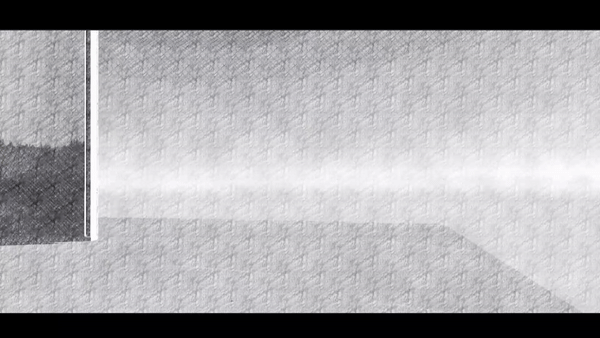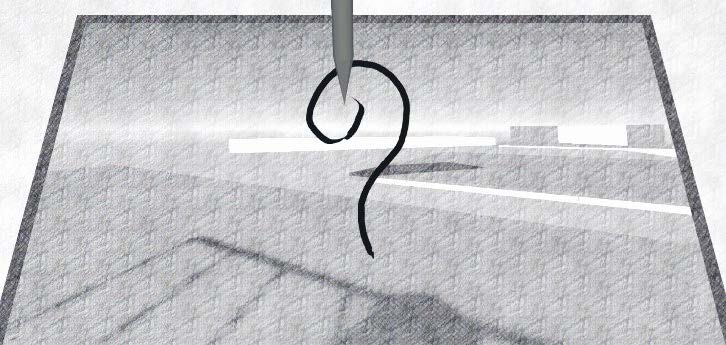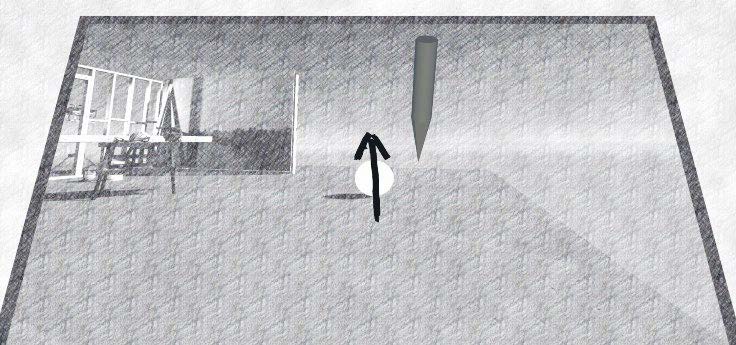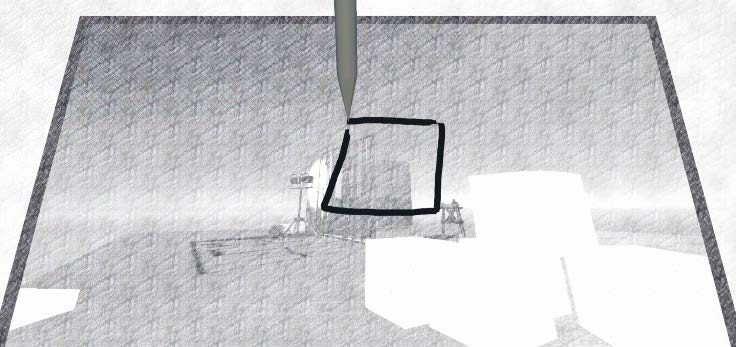
Project description
Last Mistakes is a surreal, exploration based puzzle experience. A narrative without words, the aim is to visually tell a story while the player solves their way through the world. Puzzles are solved with the unique powers the player has; the ability to manipulate the world with their art. Whether that be creating or manipulating self made objects, or parts of the level at large, drawing is the key to this sketched world.
As a narrative focused game, Last Mistakes tells the story of an old artist who is slowly forgetting his past. By discovering the world inside his mind through drawing, you slowly collect the pieces of yourself to remember what life was really like.
This prototype features the drawing mechanic intended for the game, including a gesture recognition system that can detect if the player draws the correct signs. If they do, the game reacts based on what sign was made.





My contribution
Last Mistakes was made as the end assignment for my Game Design 2 course in Howest Digital Arts & Entertainment. The mission was to visit a museum in real life, and take inspiration from that. With my family, I visited the Museum of Fine Arts in Antwerp, and took a lot of pictures in hopes of gaining some inspiritation. Unfortunately, even after brainstorming, I couldn’t find a fitting topic at the time based on classical arts. Instead, I was inspired by one of the modern pieces. This task was also our introduction to larger scale prototypes, working entirely on ourselves, and to Game Design Documents. The main takeaway from this project is;
- Planning: It is extremely important to create a well-thought out planning system, and then keep to it. The major pain-point of this project ended up being putting too much time into one aspect (the drawing mechanic). Which means other parts of the project don’t receive enough love, making the project feel lackluster in the end. This is something I’d highly like to avoid moving forward.
The main design aspect of last Mistakes lied in the key drawing mechanic. Therefore it was also the main prototyping question, how did it feel to use the drawing mechanic in a first person setting. I pushed for the first person perspective for the immersive nature of it, which perfectly fits the storytelling. However this is a part of the prototype that could have been tested further, using a third-person, or even bird view or Isometric view could have resulted for a more interesting game. Mainly level design with the drawing in first person was incredibly difficult.
Another prototyping question attached to Last Mistakes was the shader. I knew I wanted to have something pencil sketch to bring out that art inspired feel. Although it was challenging, it was still fun, to try to adopt sketch shaders I found online to more so fit my game. This way, I also learned a lot about shaders, which is something I was already interested in. Additionally, the implementation of this combined with the multiple camera’s required for the drawing, relied on my diving into the rendering settings of Unity, which ended up being a good place to start learning that aspect of the editor.

